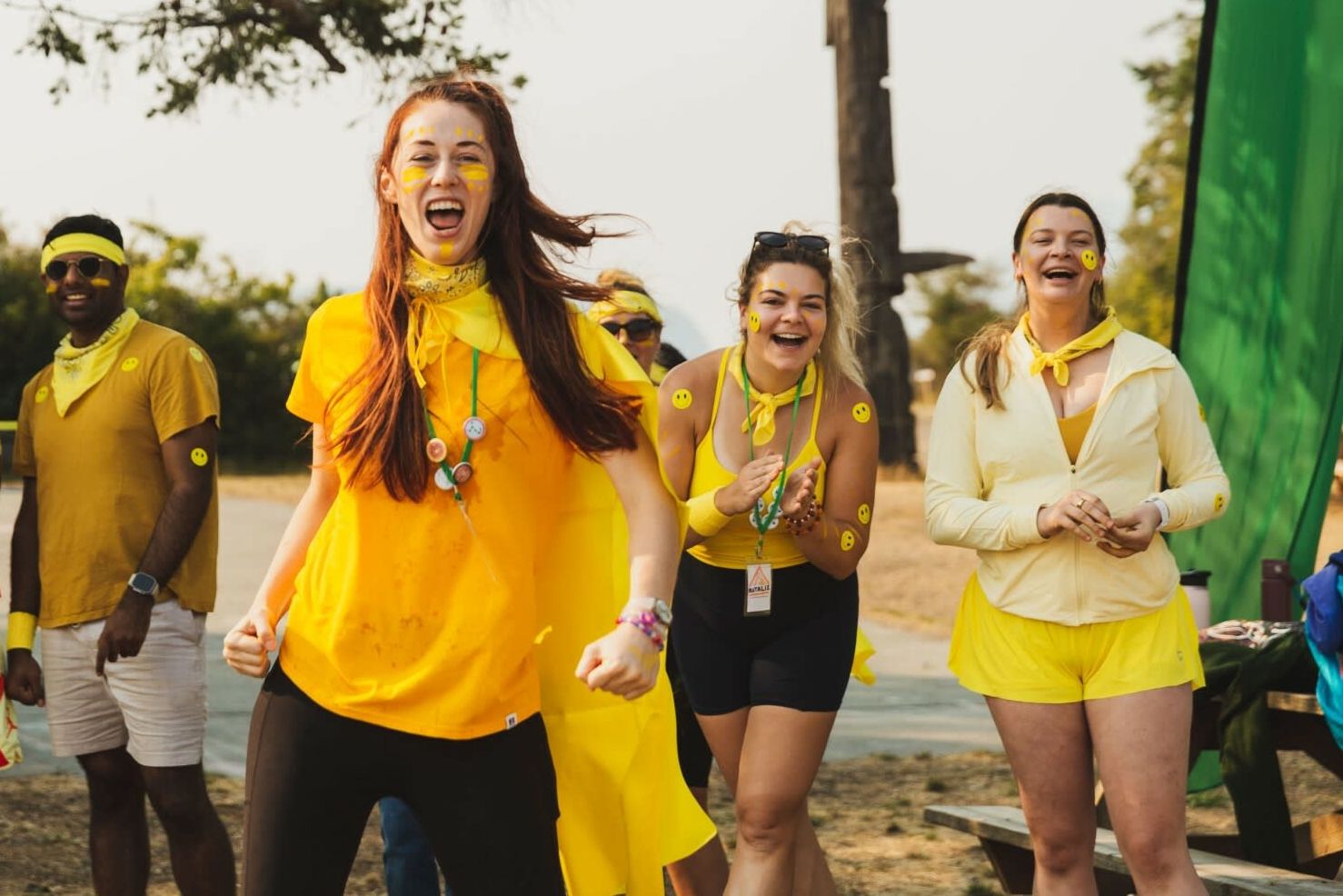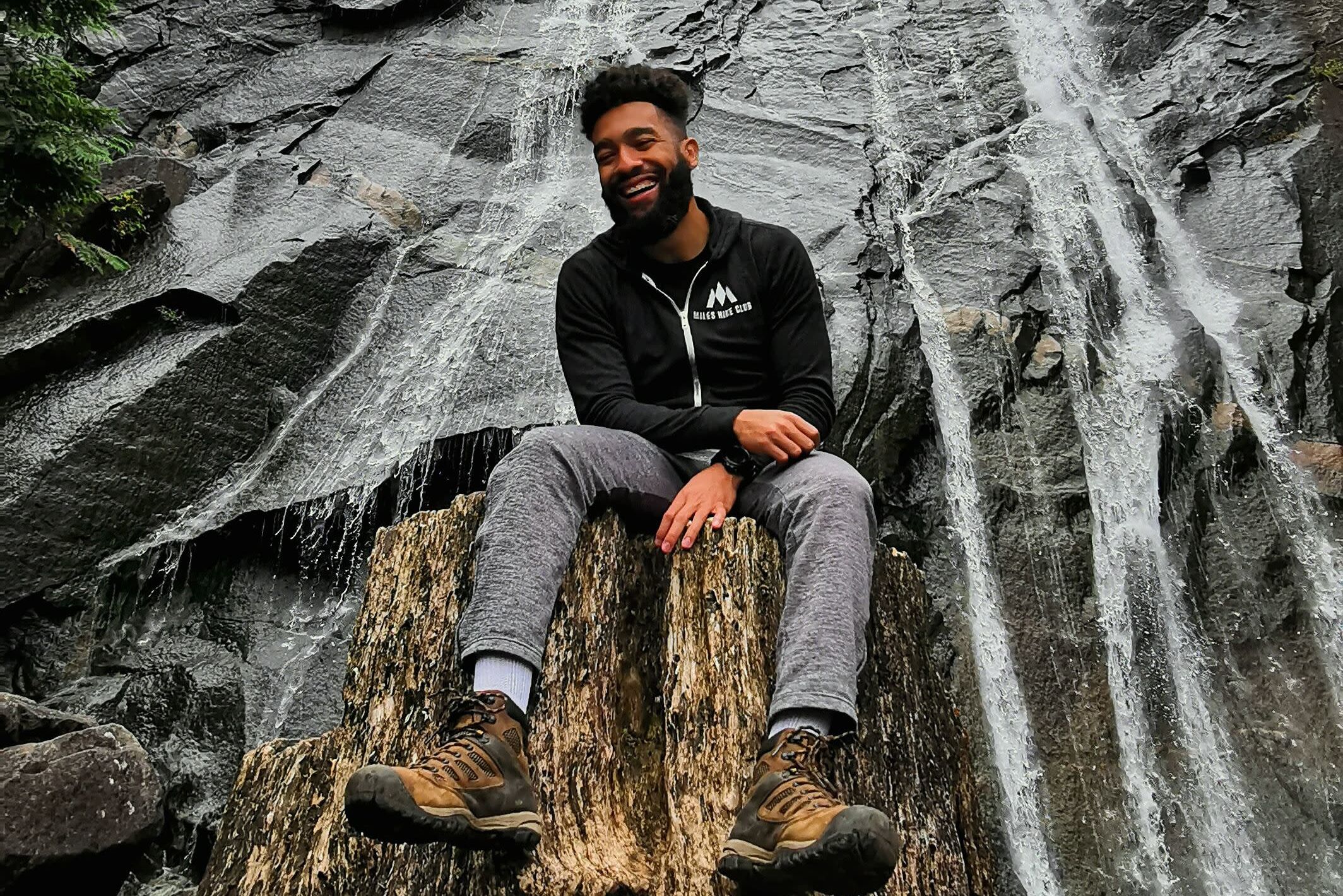20 Best State Parks in Washington
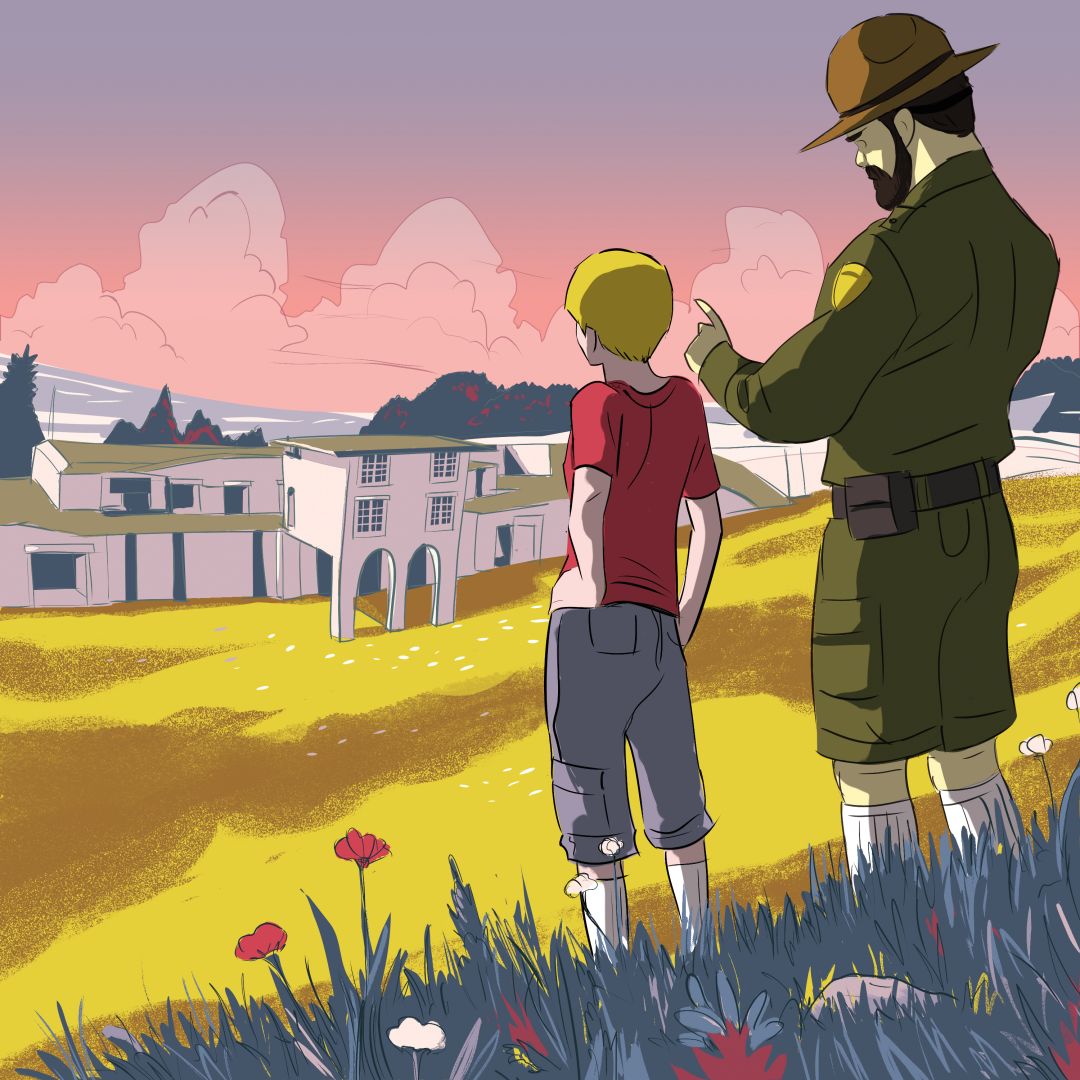
Image: Ryan Inzana
Our state parks may not boast volcanoes and rain forests, but the century-old state park system holds just about everything else under our intermittently visible sun: caves and campsites, fossils and forts, dive sites and, well, death tolls. We have rental teepees and historic Native American art, adventure sports and museums.
Even better? Almost all of it is included in a $30 Discover Pass. These are our 20 favorites.
Learn at Fort Columbia State Park
Chinook, 3.5 hours from Seattle | Museum, Beaches, Vacation Houses
If anyone tries to invade Portland via the Columbia River, we’re good—provided the attacking forces can be stopped by World War I–era battlements. A Japanese submarine did get close in World War II; learn about it in the interpretive center, or just rent the historic old Steward’s House, stocked with tin ceilings, an antique stove, and a claw-foot tub for authentic historic cosplay.
Climb at Peshastin Pinnacles State Park
Cashmere, 2.5 hours from Seattle | Picnic Tables, Primitive Trails
The Peshastin Pinnacles trails are literally a step above. The footpaths that wind around the rocky monuments are made by climbers eager to get vertical, so they’re nowhere as gentle as real hiking routes. These sandstone formations, sandwiched by fruit orchards and a draw for midcentury climbers, were once privately owned. The lumps of rock earned names like Martian Tower and Donald Duck Rock, but in 1978 a crooked spire called the Trigger Finger snapped at its rocky knuckle. Fearful of liability, landowners closed access in 1986, and it was off-limits until the state purchased the land several years later. The climbers who tackle the sandstone and mixed rock brave aging bolts driven into the rock and notoriously crumbly crags, all under intense sun. Even empty of cliff clingers, though, the pinnacles are a remarkable sight. Head west (left as you face the hillside) on the trail for the most solid footpath through the dramatic landscape. But when it starts to get really steep, leave it to the daredevils with ropes.
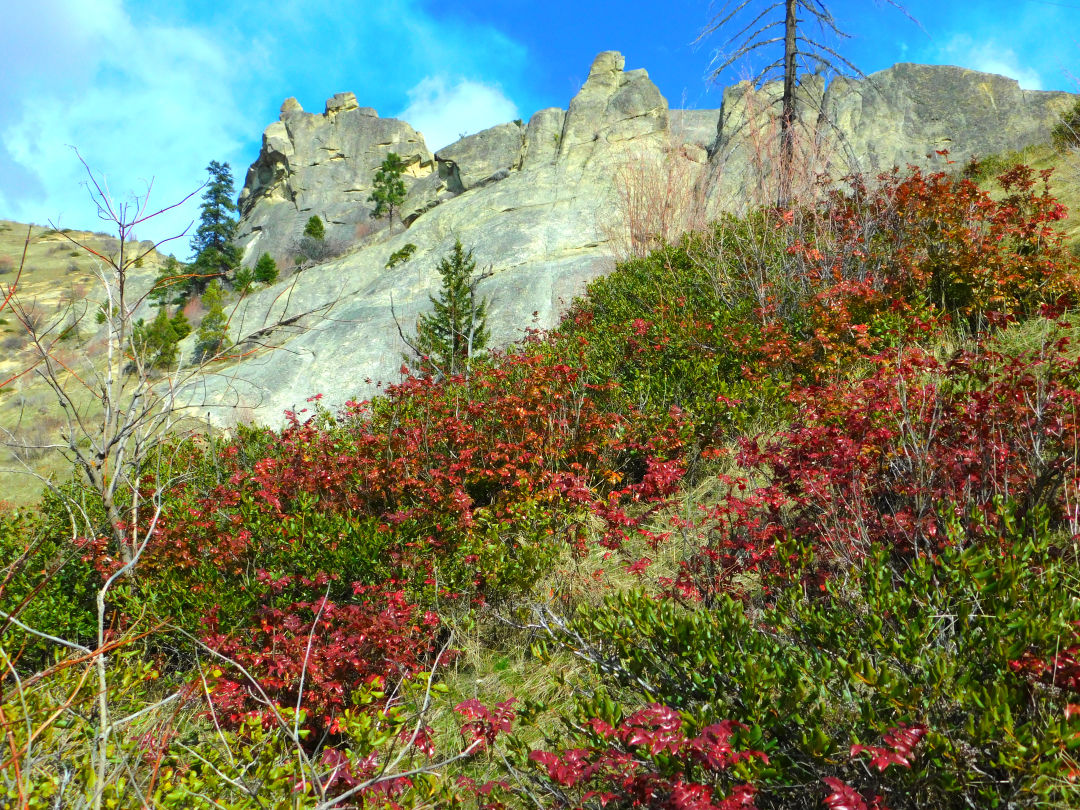
Peshastin Pinnacles tower over Highway 2 near Cashmere.
Image: Pictoscribe / Flickr CC
Pay Respects at Curlew Lake State Park
Republic, 5.5 hours from Seattle | Fishing, Camping, Boating
Deep in north-central Washington, Curlew Lake feeds both the human anglers and the bald eagles and osprey that crave fresh trout from its waters. Nearby and overseen by the bigger park is Ranald MacDonald’s gravesite—don’t mistake him for the scary clown hawking Big Macs. MacDonald was a nineteenth century half–Native American man from Astoria, grandson of a great chief, who sailed the world before tricking his way into Imperial Japan. He taught English and befriended locals years before the closed country opened to Westerners. Today his grave is marked with a sign dubbing it the “smallest state park in Washington.”
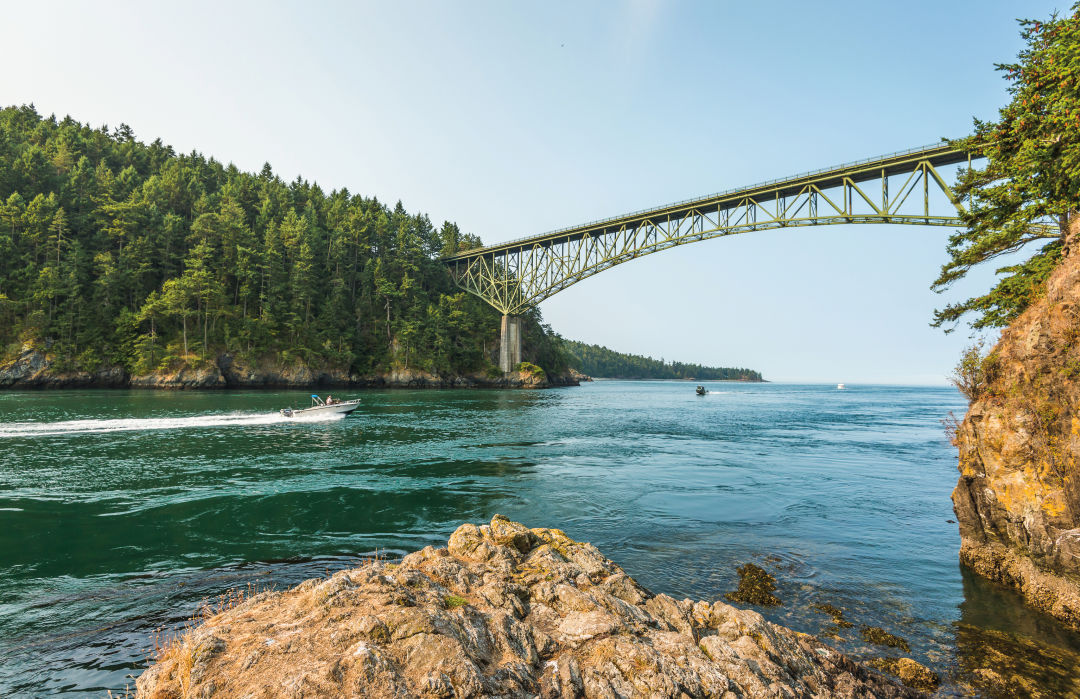
Explorer George Vancouver named Deception Pass for its confusing geography.
Image: Shutterstock by Checubus
Canoe at Deception Pass State Park
Anacortes, 1.5 hours from Seattle | Museum, Whale Watching, Hiking Trails
Love the log cabin look? Cheer the Civilian Conservation Corps—that Depression-era worker army of lodge-builders and trail-makers—at a CCC museum inside Washington’s most visited state park. Bring a boat to paddle from Whidbey to Fidalgo Island, under the famous Deception Pass Bridge, and to several islands in between, including ones whose secrets include a rentable cabin and neighbor-free campsites.
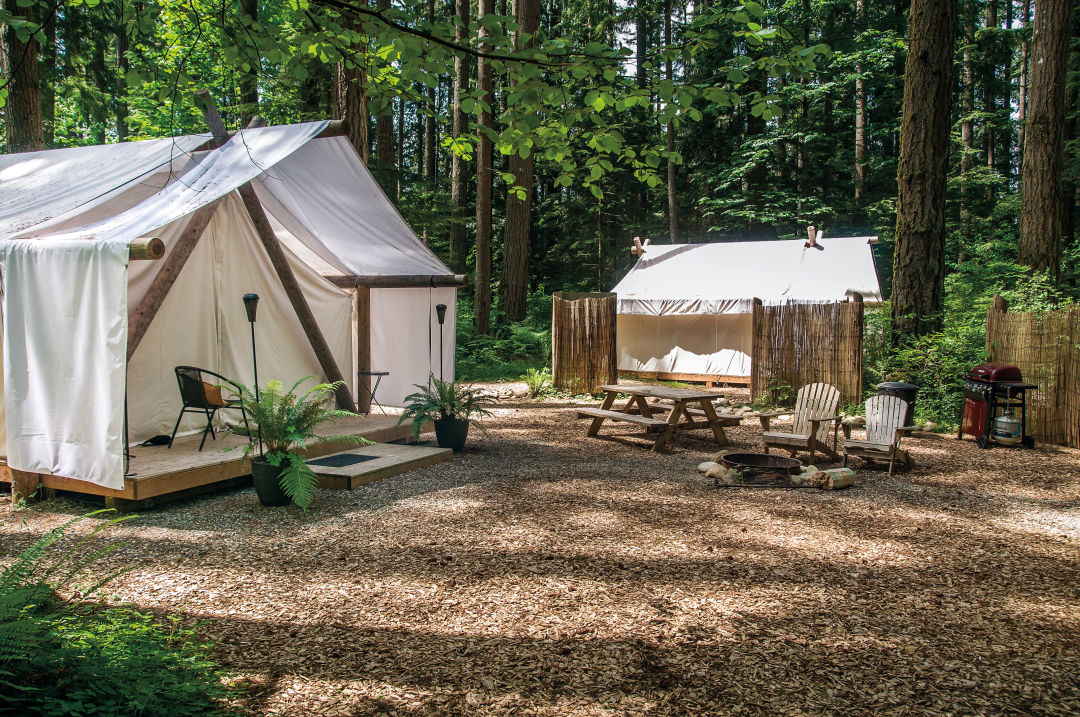
Canvas glamping tents in Millersylvania's forested campground.
Glamp at Millersylvania State Park
Olympia, 1.25 hours from Seattle | Luxury Tents, Lake Access, Beer Garden
The party’s in Olympia: Not only does Millersylvania’s seasonal boat rental shop also sling ice cream and nachos, but a historic wooden cabin down the lakeshore doubles as a beer garden, pairing craft brews with roasted peanuts. Six dolled-up canvas glamping tents from Pampered Wilderness, stocked with memory foam mattresses and electric heaters, permanently divorce the concepts of camping and roughing it.
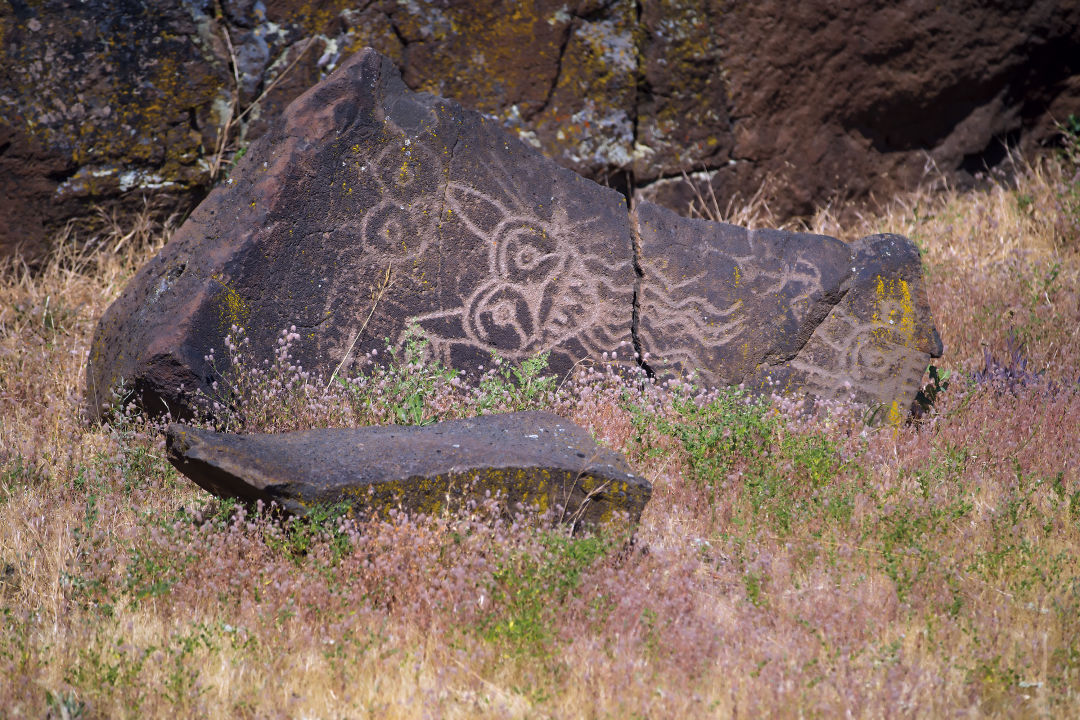
Pictographs at Columbia Hills State Park.
Connect at Columbia Hills State Historical Park
Dallesport, 4 hours from Seattle | Rock Climbing, Teepee Rental, History Tour
Her name is Tsagaglalal—that’s “She Who Watches” in the language of the Native American Wishram tribe that left a striking eye-shaped pictograph on the Columbia River rocks near Horsethief Lake. Though hundreds of years old, the drawing endured as modern Americans added their own graffiti to the site filled with petroglyphs that pre-date white settlers’ arrival, so now access is restricted to free tours guided by rangers. Nowhere is the state parks’ long history with Washington’s original residents more striking.
Kayak at Sucia Island Marine State Park
Orcas Island, 5 hours from Seattle | Waterfront Campground, Picnic Sites
Until you’ve left the easy comfort of the big San Juan Islands, you haven’t really seen Puget Sound’s magical archipelago. Just 2.5 miles north of Orcas, Sucia is the star of the long string of largely uninhabited park isles, a day kayak trip for the moderately ambitious. Consider it our own Jurassic Park—a theropod bone was found on the forested island in 2012.
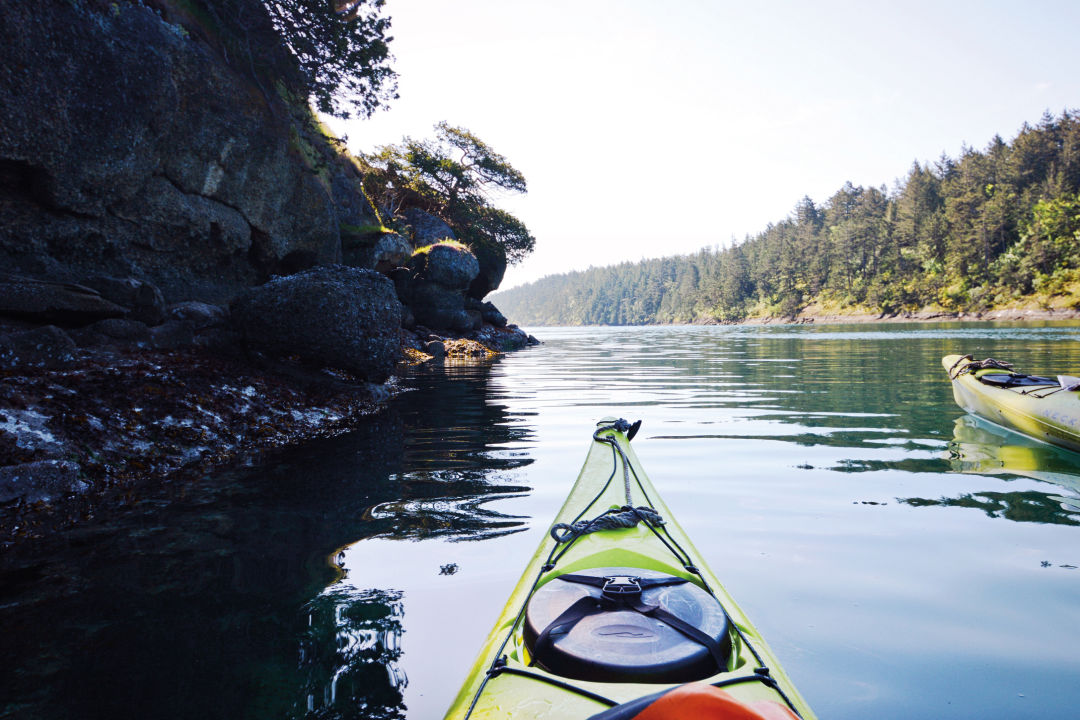
The San Juan waters off Sucia.
Image: Sarah Schwimmer
Tide Pool at Tolmie State Park
Olympia, 1.25 hours from Seattle | Beaches, Dive Park, Trails
Watch where you step. When the tide’s out at Tolmie State Park, a patchwork of saltwater pools teem with sea life. Crouching muscles get a workout as you peer at anemones waving in the microcurrents, and crabs scurry underfoot across the kelp as sand dollars blanket the beach like polka dots. Naturalists from nonprofit Puget Sound Estuarium sometimes interpret the intertidal for visitors.
Fly a Kite at Fort Worden Historical State Park
Port Townsend, 2.25 hours from Seattle | Museums, Vacation Houses, Restaurants
Anyone bored at Fort Worden is a hopeless case. Among more than 400 acres—between the marine science and history museums, kayak rentals, art festivals, ghost-ridden army installations, and the restaurant inside an old military jail—sits the best kite-flying lawn in the state. Winds flip up a bluff from Puget Sound, right at where it meets the Strait of Juan de Fuca, onto the fort’s old parade grounds, a massive lawn ringed by historic barracks and officers’ quarters. Overwhelmed at the ever-busy state park? Pack a kite and make like Mary Poppins.
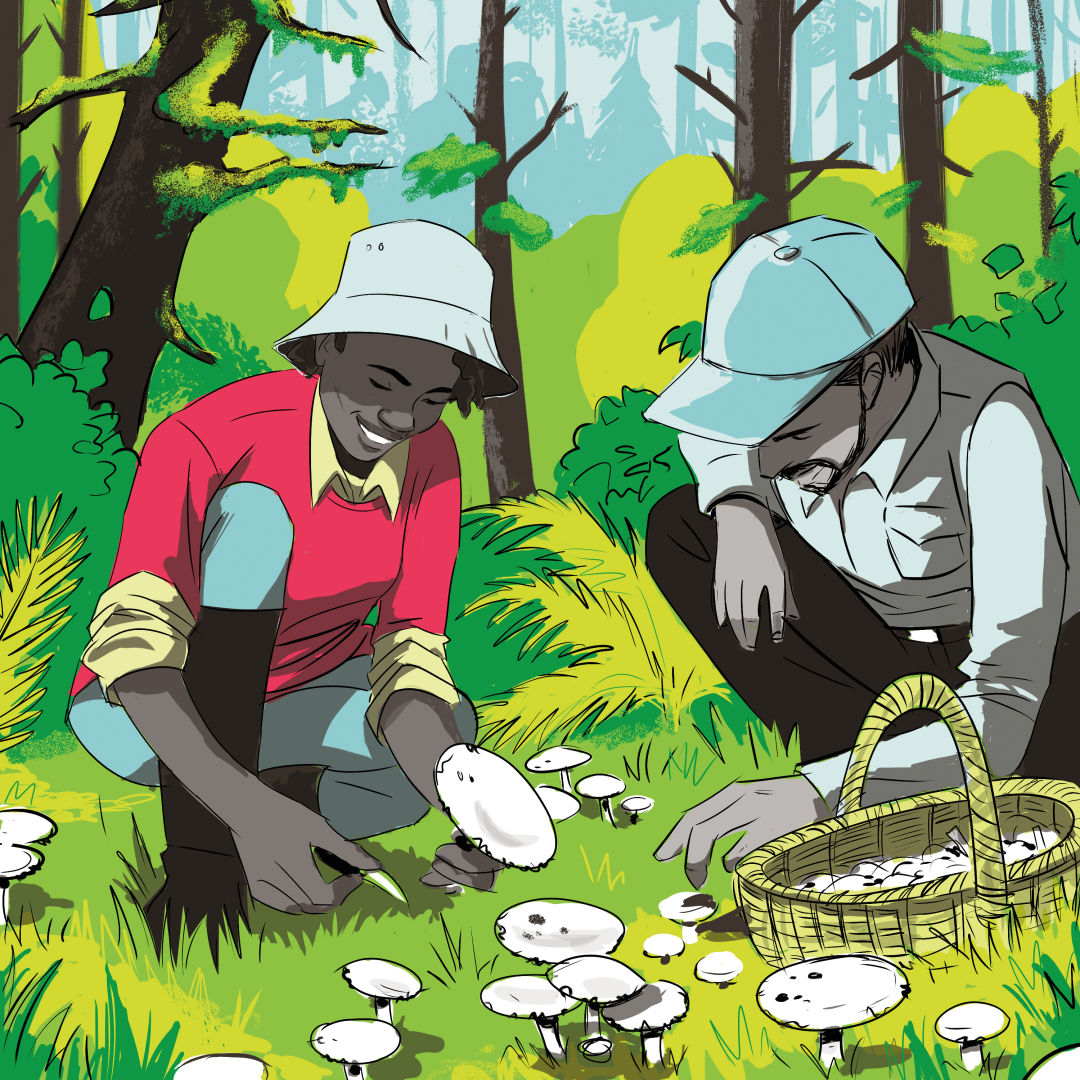
Image: Ryan Inzana
Forage at Leadbetter Point State Park
Ocean Park, 3.5 hours from Seattle | Hiking Trails, Beaches, Bird Watching
The Long Beach Peninsula devotes six full weeks of fall annually—October 1 to November 15—to fungi foraging when the Wild Mushroom Celebration holds its yearly slate of mushroomy meals and workshops. Rangers in the peninsula park hand out maps of Leadbetter Point to make it clear where 'shroom hunting is allowed and where the resident snowy plover birds get the run of the place. Sneak across the Oregon border to the Fort Stevens State Park for occasional ranger-led foraging hikes.
Surf at Westhaven Light State Park
Westport, 2.75 hours from Seattle | Beachside Trail, Picnic Tables, Outdoor Showers
Even in the middle of winter, surf vans line the parking lot of Westport’s waterfront park, dogs keeping watch from the front seat while owners ride the break. Past sand dunes and under the watchful eye of the state’s tallest lighthouse, surfers dance on Pacific waves, the temperature bearable thanks to year-round wetsuits. Want to simply watch the daredevils? Driftwood is nature’s own couch.
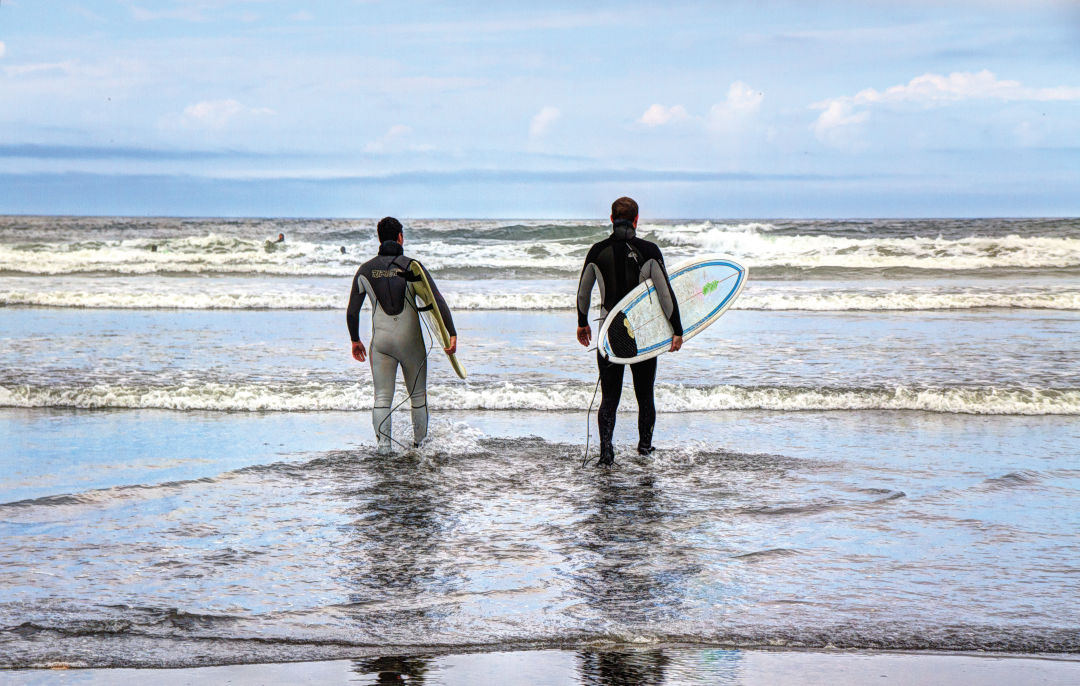
Pacific waves at Westhaven beckon surfers.
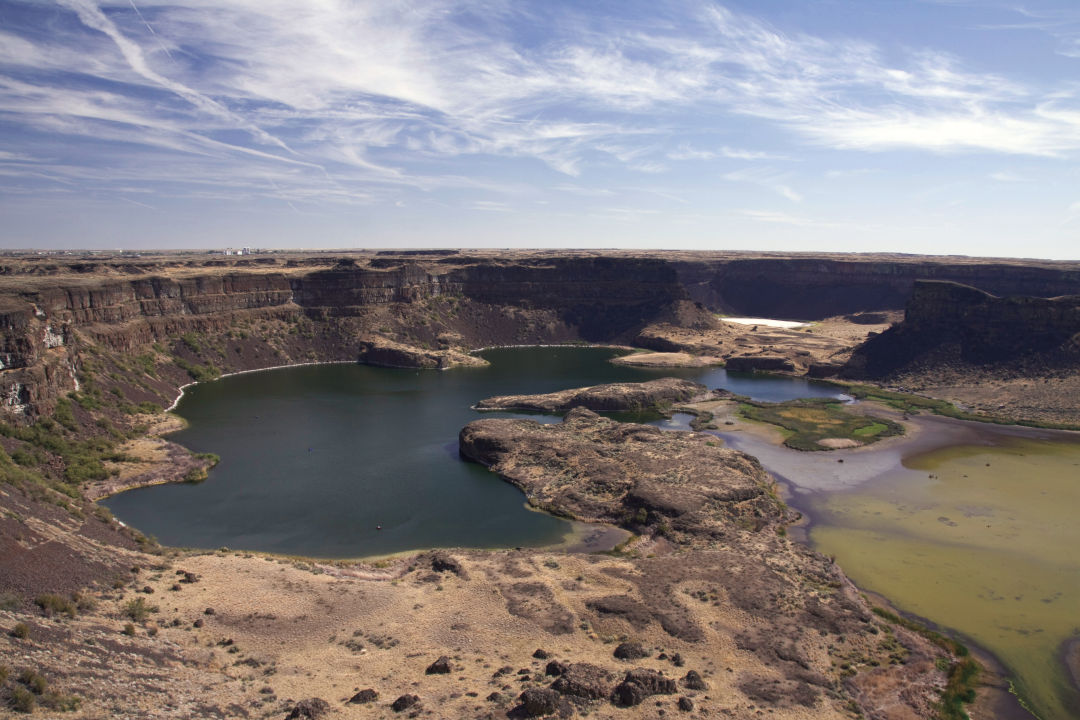
In the Ice Age, the dry falls were thunderous waterfalls.
Image: Shutterstock by Steve Smith
Hike at Sun Lakes–Dry Falls State Park
Coulee City, 3.25 hours from Seattle | Hiking Trails, Golf Courses, Museum
If we called Central Washington’s dramatic landscapes “canyons” instead of the geologically specific “coulee,” would they be as famous as their Utah counterparts? We’ll never know, so the red rock formations and deep chasms bake under reliable sun, next to swim-friendly lakes too big to get truly crowded. Hike Umatilla Rock for five miles of close-ups of the Ice Age rock sculptures, and then take in the whole landscape from the Dry Falls Visitor Center perched on the canyon top.
Sled at Hyak Sno-Park
Snoqualmie Pass, 1 hour from Seattle | Sledding Hill, Nordic Ski Trails
The state’s more than 120 Sno-Parks, administered by the Washington State Parks and Recreation Commission, mostly serve as plowed parking lots for snowmobilers. But Hyak, just east of the downhill ski areas at Snoqualmie Pass, offers gravity-based thrills on its groomed sledding hill, helpfully fenced off at its base to halt runaway toboggans. Just across I-90, Gold Creek Sno-Park boasts a classic and mellow snowshoe route to Gold Creek Pond, free of avalanche danger.
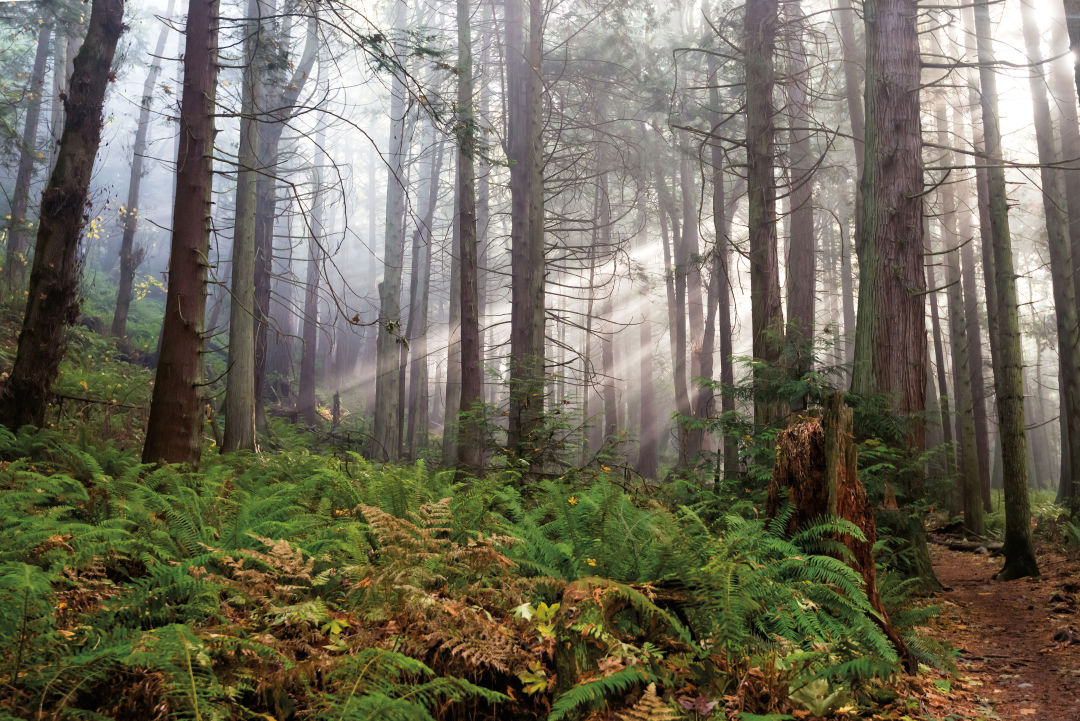
Larrabee State Park near Bellingham.
Image: Shutterstock by jwdonley
Mountain Bike at Larrabee State Park
Bellingham, 2 hours from Seattle | Camping, Trails, Fishing
Washington’s very first state park may date back to 1915, when widow Frances Larrabee donated the land off Chuckanut Drive, but it’s hardly stuck in the mud. Boaters and fishermen flock to the waters just off the rugged coastline of Samish Bay and to placid lakes in the park interior. More than 15 miles of bike-friendly trails wind past the fern-coated understory of old-growth forests, filled with mountain bikers tangling with roots and steep vertical. Some of the single-track is expert-level steep; Bellingham bike shops offer trail maps that grade each route’s difficulty.

Image: Ryan Inzana
Swim at Twanoh State Park
Union, 1.5 hours from Seattle | Hiking Trails, Oyster Harvesting, Campsites
In a region where you can swim in glacial melt in August, Hood Canal’s serene shoreline has a secret weapon—shallow beaches and not-so-frigid water temps. Thank the narrow natural canal for the calm swimming beach, roped off next to oyster-rich beds open for harvest year-round (and mussels in September). Turns out shellfish are cold-water wusses, too.
Cycle the Palouse to Cascades State Park Trail
North Bend, 1 hour from Seattle | Unpaved Trail, Historic Tunnels
The ambition behind the newly named and still incomplete Palouse to Cascades State Park Trail recalls the big dreams of railroad barons: An unbroken route all the way across Washington state. This byway actually replaces the Chicago, Milwaukee, St. Paul and Pacific Railroad, reborn today as a 110-mile stretch of rails-to-trail for hikers, bikers, and horseback riders. A recent rebranding—until 2018 it was called the John Wayne Pioneer Trail and Iron Horse State Park—has brought pushes to complete missing segments in Eastern Washington. But for now, the Palouse to Cascades runs unbroken from near North Bend to the Columbia River, the old railroad tracks reincarnated as a gravel route at a gentle grade and the country’s longest hikeable railroad tunnel, a 2.3-mile stumble in the dark near Snoqualmie. Day users go a few miles; overnighters tackle the entire 110 miles.
Dive at Saltwater State Park
Des Moines, 0.5 hours from Seattle | Tide Pools, Dive Park, Volleyball Fields
The giant Pacific octopus is a slippery sucker, and not just because it’s a cephalopod. The animal is hard to spot on an underwater dive because it changes color like a chameleon, shifting from orange to a shade similar to the underwater Puget Sound kelp. Still, it’s possible to spot the octopus on a dive at Saltwater State Park, where sea life proliferates thanks to a 1970s cleanup and, later, an artificial reef installation. The flat beach and placid water south of Seattle appear calm from the picnic tables and tide pools; divers, though, go under water for a whole different kettle of fish. The site boasts wolf eels, vermillion rockfish, even a shipwreck, and rewards those making the long swim to the dive park. Late fall, aka the season when most outdoor Northwest sports are miserable, is the ideal time for clear water and teeming sea life.
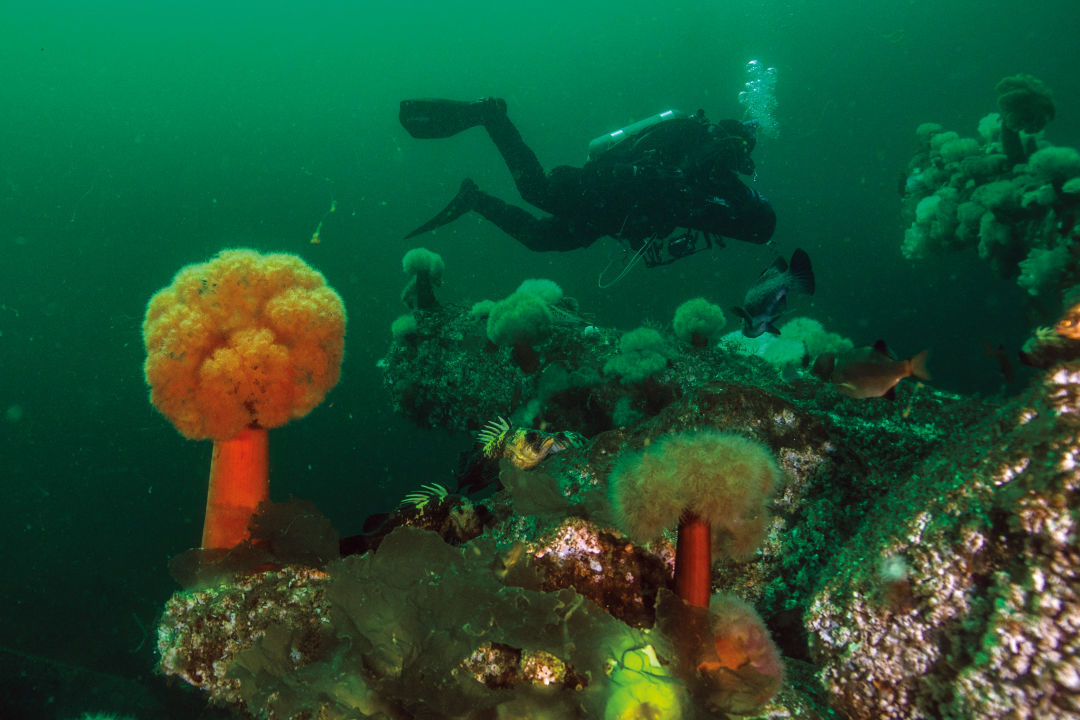
Below the surface, Saltwater State Park delivers the goods.
Image: Courtesy Kathryn Arant
Photograph Palouse Falls State Park
Washtucna, 4 hours from Seattle | Campsites, Viewing Platforms
It's easy to understand the impulse to get close to Palouse Falls, a 200-foot monster cascade carving a chasm into the Eastern Washington prairie. In summer it roars with power, and in winter it half-freezes into a cliffside icicle. Lookout spots face the waterfall’s basin like balcony seats in a theater. Photographers set up on the tiny lawn to catch the sight in time lapse. In the midst of beauty are signs of the falls’ reputation as a fatal attraction; occasional rule breakers climb across a small, tilted shelf on the basalt cliffs or try to swim in the pool churned by falling water. Done right, a falls visit isn’t about much more than gazing at the thundering water below; somehow that’s more than enough.
Ride at Lake Wenatchee State Park
Leavenworth, 2 hours from Seattle | Two Campgrounds, Groomed Winter Trails, Horse Stables
Horse Rental. The sign outside Icicle Outfitters and Guides in Lake Wenatchee State Park makes it sound like an equine Hertz. Between Memorial and Labor days, Icicle Outfitters leads almost a dozen rides a day, from the walk-up $34 trip through the forest to an all-day excursion up Nason Ridge for a spectacular vista of Lake Wenatchee. The lake isn’t close to the city that shares its name (it’s just west of Leavenworth), but both salute the Wenatchi tribe that fished the river that links them. Besides the horses there are boat launches and snacks at the park store, a golf course just outside the park boundary, and bike trails through the surrounding mountains. Kayaks line the beach ready for rental, but unlike on a guided horseback tour, it’s up to you to find your own way home.
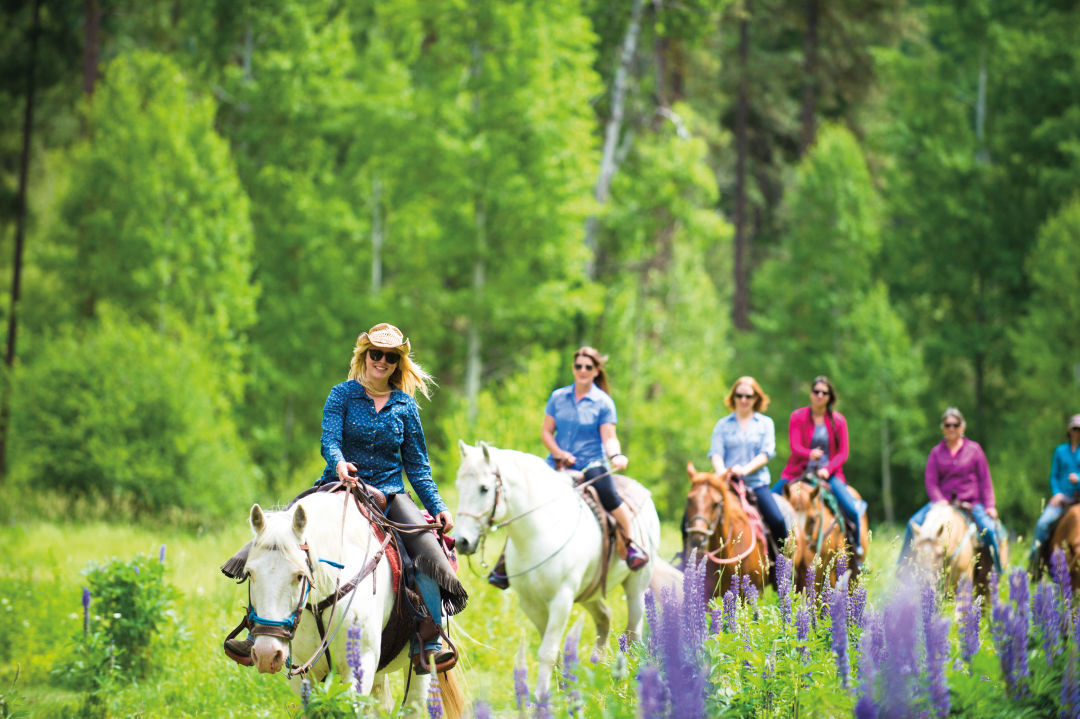
Icicle Outfitters uses authentic horsepower for Lake Wenatchee tours.
Image: Courtesy Icicle TV
Spelunk at Crawford State Park Heritage Site
Metaline Falls, 6.75 hours from Seattle | Short Trail, Cave Tours
The tale begins around 1900, when a bootlegger literally stumbled into current-day Crawford State Park’s central attraction, Gardner Cave, while hiding illegal booze. Years later, legend says, the bootlegger lost the whole parcel in a card game. Once the lands were deeded to the state, the 2,000-foot limestone cavern became a graffitied hangout during the middle of the twentieth century (that’s the bummer part of the tale) before the park instituted tours-only access in 1977. But today the free excursion is a Goonies-level adventure past stalagmites and unearthly underground pools, under a ceiling of tree roots that dig through the cave top like natural shag carpet. The 45-minute underground tour might be the weirdest outing in the state park system, but there’s even a bonus—a quarter-mile trail behind the cave entrance leads to the Canadian border, unmarked except for a ragged American flag.
Access to state park facilities may vary due to pandemic restrictions. Always check in with individual state parks before you go.


